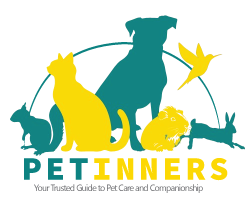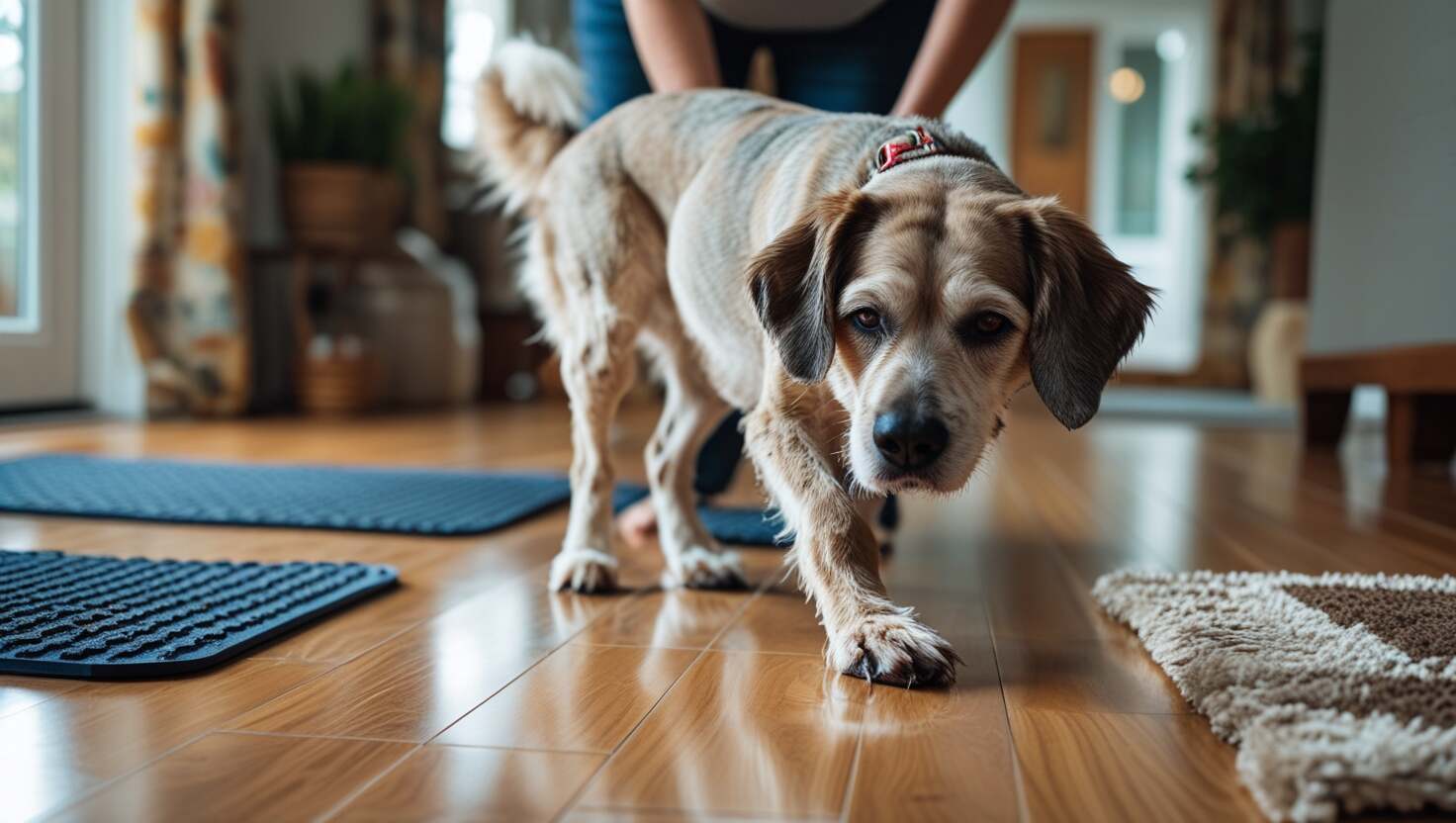Old Dog Slipping On Floor
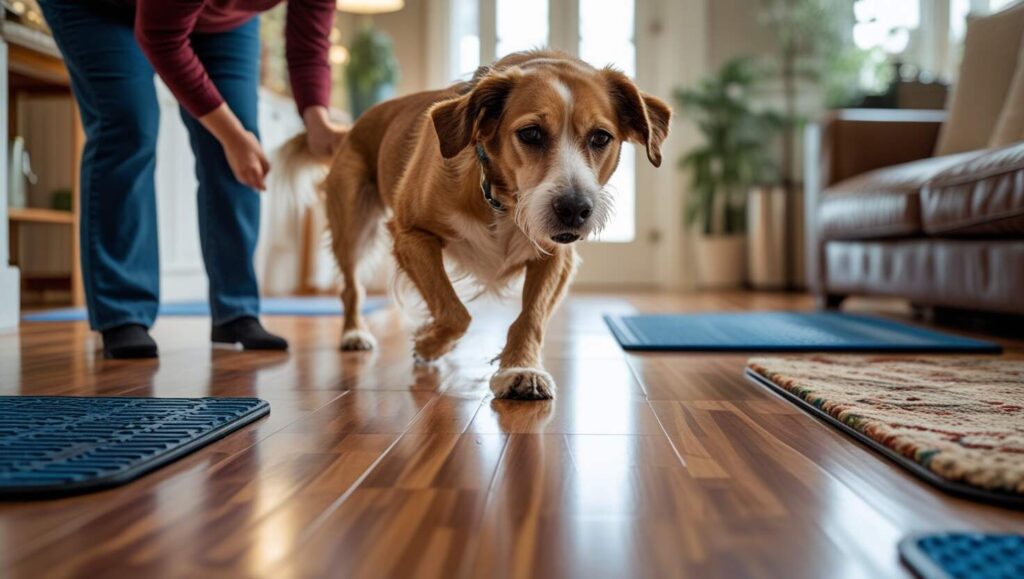
Older dogs may slip due to weak muscles, slippery floors, or long nails. Use non-slip rugs, dog booties, or ToeGrips to provide traction and prevent falls. Consult your vet for tailored solutions like supplements, therapy, or medical care.
Causes of Slipping in Older Dogs
As dogs age, they may face challenges staying steady on smooth surfaces, which can be worrying for their family. Our beloved pets deserve a safe environment to avoid injuries. Here are the main reasons your older dog might struggle to maintain balance and how to help:
- Weakness in back legs or hind end: Age-related issues like hip dysplasia, osteoporosis, or IVDD reduce a dog’s ability to support itself. Surgery or an amputation can also lead to an abnormal gait, further increasing the risk of slipping.
- Slippery surfaces: Laminate floors, freshly-cleaned wood, or icy driveways don’t provide the grip your dog needs. Even with clean floors, pets might need additional traction to stay stable.
- Toenails and pads: Long toenails or worn-down toe pads can make it harder for dogs to dig into the ground, especially on plastic or sticky rugs. Trimming their nails can help.
- Reduced muscle strength: With age, groin muscles like the iliopsoas may weaken, leading to paralysis or difficulty walking, particularly for those recovering from ACL tears or other injuries.
- Confidence and stress: Slipping can cause emotional challenges, including stress, loneliness, and loss of confidence, which can affect their overall quality of life.
Some solutions include using Puppy Treads™, HandiRamp, or scatter rugs to help dogs safely navigate. Dog booties, socks, or toe grips offer added stability, while regular vacuuming removes dirt and cat pee, preventing accidents. For outdoor play, mimic the grip of soccer cleats on grass by setting up a safe space to build their strength. Watching your dog discover tips that work for them can bring joy to your house and peace of mind to your family.
Veterinary Assessment and Health Management

Veterinary Consultation
If your dog is sliding or losing balance, visiting a veterinarian is crucial for their health and safety. During the appointment, share your observations about their walking, coordination, and any signs of pain or weakness in the rear legs. The veterinarian will perform a physical exam and may use X-rays or other diagnostics to identify causes such as hip arthritis, luxating patellas, torn cruciate ligaments, or degenerative joint disease.
Some systemic conditions like abdominal tumors, liver disease, anemia, or kidney disease can also affect stability and lead to lameness. Disorders such as degenerative myelopathy, spinal cord trauma, or neurological disorders may impact nerves, extremities, or coordination. Treatment may include YuMove by Lintbells, surgeries like TPLO, and tailored pain management to improve mobility and quality of life.
Joint and Health Care
As senior dogs age, their joints and bones can become stiff, weak, or even painful, affecting their ability to run, walk, or play. Supporting their mobility helps reduce the risk of falling on slippery floors.
- Supplements like glucosamine, chondroitin, and omega-3 fatty acids improve comfort and joint function, easing arthritis symptoms.
- Medications like Rimadyl, Deramaxx, or Metacam, or Adequan injections, may be prescribed for painful conditions.
- Physical therapy, including strength training and targeted exercises using balance balls or boards, improves proprioception, alignment, and coordination.
- Activities like swimming or using a dog-friendly treadmill can help without adding strain, especially for overweight dogs needing to lose weight.
- Adding traction mats or cushioning materials reduces stress on joints and prevents abnormal gait.
A healthy body condition score improves longevity and reduces joint strain, promoting better quality of life.
Nail and Paw Care
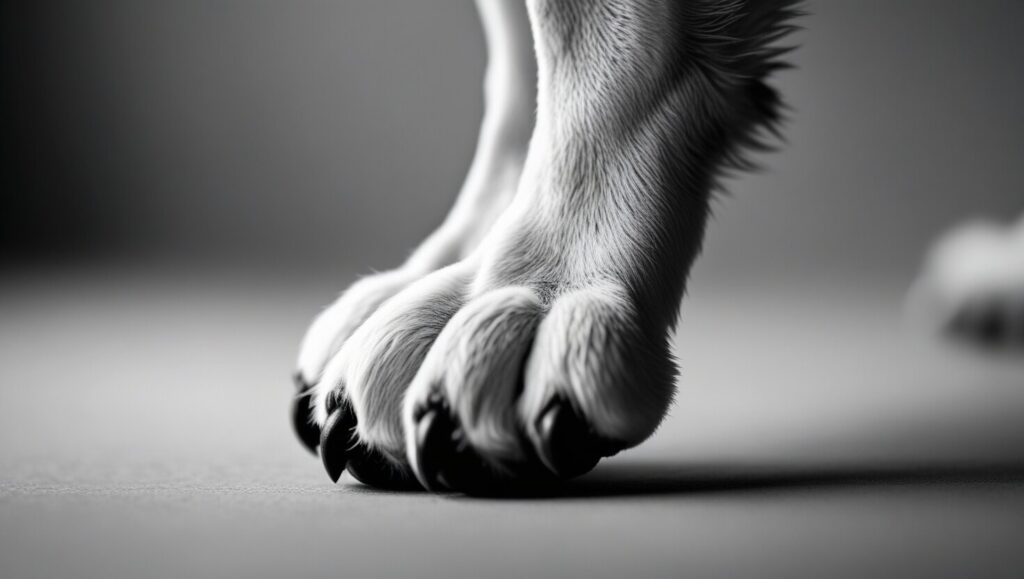
Keeping your dog’s toenails short is vital for preventing painful issues and improving traction on hardwood or other slippery surfaces. Long nails can cause an abnormal gait, adding strain to muscles and making walking uncomfortable. Regular nail trims with nail clippers or an electric trimmer like a Dremel can avoid wounds or infections caused by excessively long nails.
For better grip, use Toe Grips or nail cap grippers on paw pads, ensuring they’re breathable and fit well. Desensitize your dog to the buzzing and vibration of tools through short, stress-free sessions. Always reward them on a positive note to build cooperation and reduce reluctance. Regular maintenance is key to their comfort.
Traction and Grip Solutions
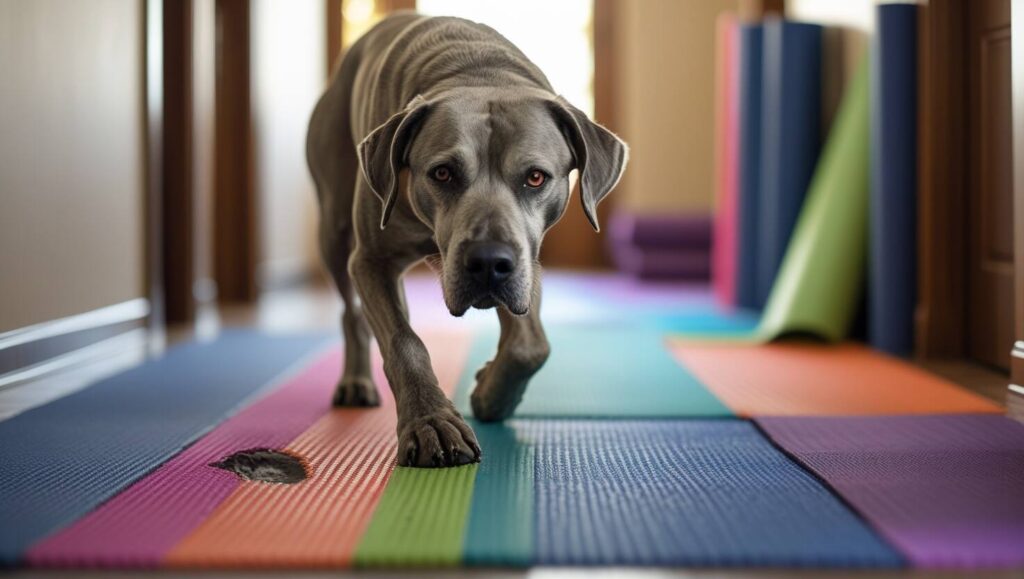
Traction and Grip Products
Helping your dog stay steady on slippery floors can improve their mobility and confidence. Using nail grips or rubber traction aids on their toenails is a great solution for better grip on hard-surface floors or stairs.
- Products like GripZone™ are designed to enhance gait and support special needs dogs, such as those recovering from surgery or tripods.
- Protect paw pads from being cracked, dry, or injured by applying moisturizing waxes or balms.
- Non-slip indoor and outdoor mats can prevent tense clenching while digging into smooth surfaces, improving their quality of life.
Ensure any product used is FDA-approved, breathable, and safe for sensitive dogs to prevent harm or affecting their digestive system. Always consult your veterinarian for the best options tailored to your dog’s needs.
Footwear Considerations
Dog boots or non-slip socks can improve traction on tiles and slippery floors, especially for senior dogs. Products like Pawz Dog Boots or Grippers with rubber coating protect paw pads from cold weather, snow, or dirty surfaces. Avoid using shoes for long periods, as they may hinder breathing and cause irritating sweat.
Home Adjustments for Safety
Using baby gates can limit your dog’s access to slippery flooring or dangerous stairs, reducing the risk of harm. This solution prevents accidents while allowing them to roam safely without feeling isolated or distressed.
Home Modifications for Stability
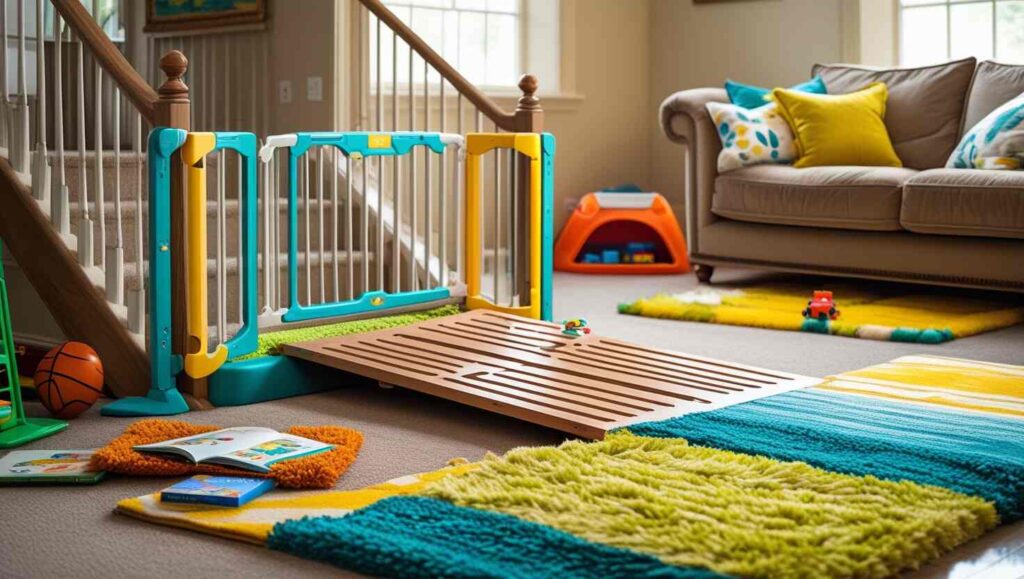
Flooring and Traction Solutions
Creating a safe home for your dog starts with improving traction on slippery floors. Use non-slip rugs, runners, or carpet pieces with rubber backing to provide stability in high-traffic areas like where they eat, sleep, or congregate. Yoga mats and carpet strips can also act as low-cost solutions to prevent fear of falling.
For senior dogs, especially those with incontinence, use washable blankets or area rugs to create safe routes for them to navigate without isolation. Placing slip-resistant surfaces on stairs or setting up “traction islands” ensures their freedom while keeping them secure and active.
Safety and Accessibility
For senior pets, rearranging your home can improve their ability to safely navigate. Add carpet runners or yoga mats with bright colors or patterns to guide dogs with visual impairment. Use a baby gate to block unsafe areas like stairs and clear clutter to remove obstacles.
Paw Modifications
Using ToeGrips or nonslip traction pads on your dog’s paw-pads improves their grip on slippery floors. Products like PawFriction or rubber booties from trusted brands found in a pet store can enhance traction and stability.
Tools and Accessories for Support
For dogs with paralysis or leg injuries, slings and harnesses like GingerLead® or Help ‘Em Up® offer support and reduce strain on bones and joints during recovery. These assistive devices help guide foot placement and improve mobility.
Ramps with a gentle slope, paired with a rug or mat, make it easier for dogs to rise and move without slipping. Using carts for tripawds or dogs with spine injuries can restore their freedom and activity.
Hope and Advice
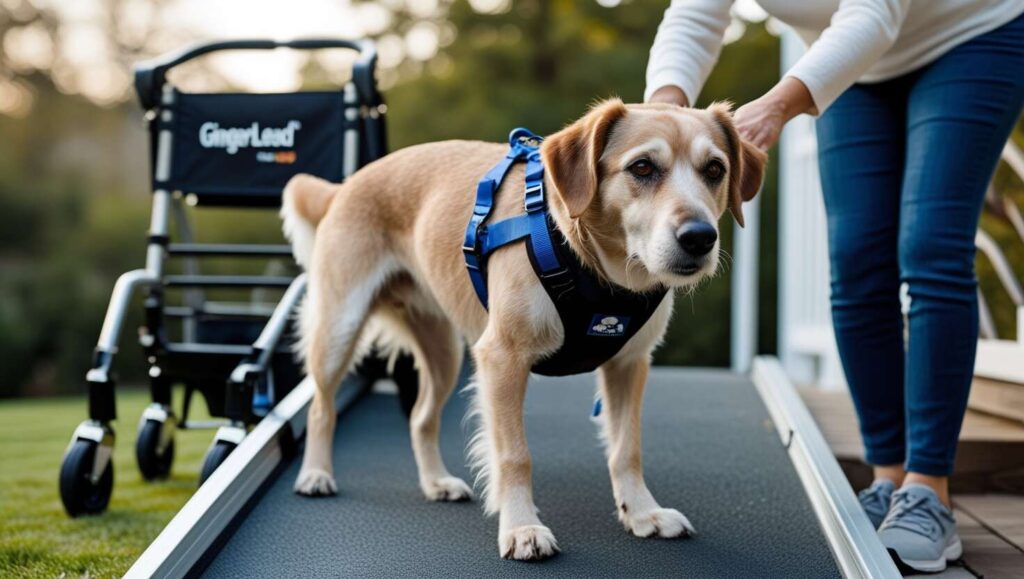
Helping your dog navigate slippery floors can be less stressful with simple solutions like ToeGrips, rugs, or a harness such as Help-em Up to improve mobility and prevent falling.
For families, focus on training with treats and praise to boost your dog’s confidence. Consult your vet to address arthritis, weight, or other medical conditions. Tools like a sling or even a sturdy canvas shopping bag can assist during rehabilitating activities.
Kindly note: The content shared in this blog is gathered from online sources, some of which may not be verified. For accurate guidance on caring for your dog, it is recommended to seek advice from a qualified veterinarian.
